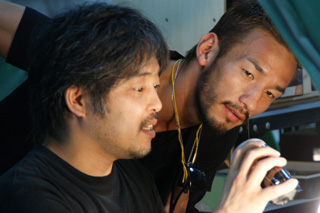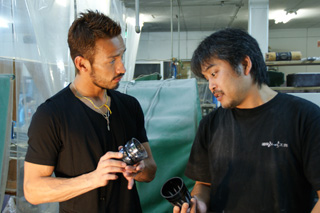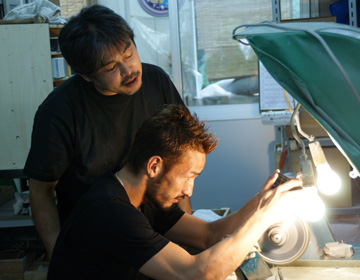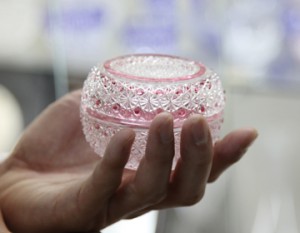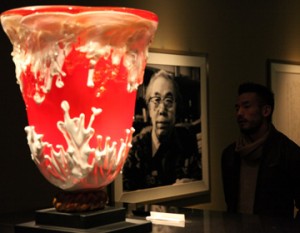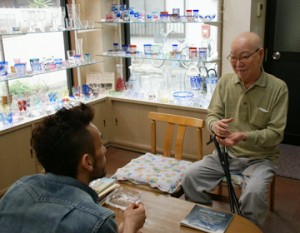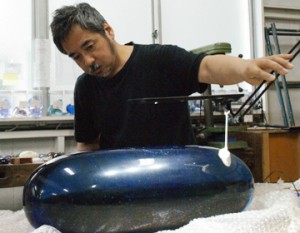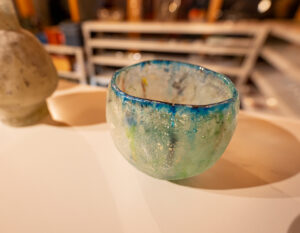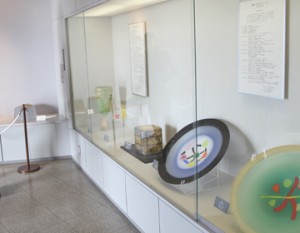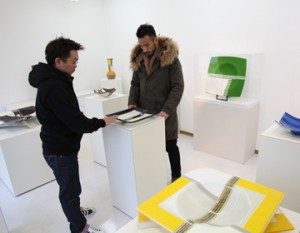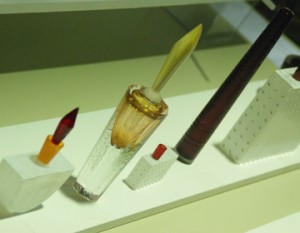Past and present of Satsuma-kiriko
Satsuma-kiriko dates back to 1846 when glassware was made for use by ”iyakukan”, a pharmaceutical house established by Shimazu Narioki, the 27th lord of the Shimazu clan. Subsequently Shimazu Nariakira, the 28th lord, set up and ran a factory to manufacture glassware in full scale. The former site of Hanazono Refinery, located within the premises of the castle, repeated research and successfully made red glass. At the time in Japan, red glass could be made only in Satsuma Domain. After that, Satsuma kept making a variety of glassware and made Satsuma-kiriko now known nationwide.
After the death of Nariakira in 1858, however, most of the efforts to stimulate the domain’s industries through Western techniques were shrunk or terminated because of the burden on the domain’s finances. Worse, the Anglo-Satsuma War broke out from Namamugi Incident in 1863 and destroyed many factories. As a consequence, Satsuma-kiriko became illusory craftwork.
Later, in the 1960s, efforts to revive Satsuma-kiriko started. In 1966, glassware in four different colors, red, deep blue, purple and green, was successfully reproduced. This was followed by the reproduction of glassware in bronze red and yellow. Today, all of the six colors of Satsuma-kiriko have been reproduced.
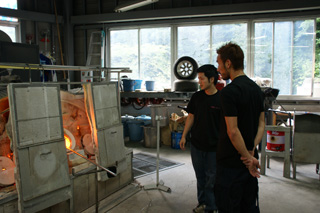
Characterized by “bokashi”
Kiriko means engraving cut patterns on glass. Satsuma-kiriko is characterized most by the gradation of colors which is referred to as “bokashi”.
The technique involves covering transparent glass with colored glass to add slightly-angled cuts. The warmth and depth, unseen in anything else, convey a unique atmosphere and are said to represent a kind of beauty that is created with the fine sensibilities unique to the Japanese. It is said that beautiful “bokashi” cannot be achieved without uniform thickness when covered with colored glass, and without similarly uniform cuts. This speaks for the high technical level of Satsuma-kiriko.
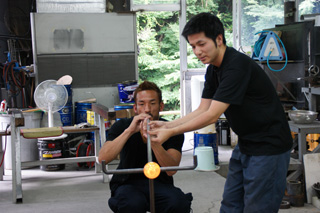
Meticulous work is the secret of its beauty
How to make Satsuma-kiriko
Making Satsuma-kiriko requires some steps to be taken. They are roughly as follows.
1: Use a crucible to melt the glass. Wind the melted glass around a blowing pole.
2: Use ”kamirin”, a wet folded newspaper, to roundly smooth out the wound glass.
3: Blow the colored glass into a mold called ”pokan”. Cut it with a burner.
On the inside, press the transparent glass that is separately wound. Cover it with colored glass.
4: Form it by putting it into a mold or using a soldering iron. Put it into a cooling system named ”joreiro” and leave until it cools.
5: Add a line to facilitate cutting, which is referred to as ”atari”.
6: Pour a small amount of water, rotate the diamond wheel and engrave a pattern on the glass.
The use of the diamond wheel for engraving is divided into different types. Combining them creates many different patterns.
7: Polish the cut glass. It can also be polished in different ways. The step is meant to create luster.
In the atelier, Nakata saw the craftsman’s techniques very close and also experienced winding and cutting the glass during its manufacturing process. Even the slightest error would spoil the beauty of the resulting work. Nakata experienced the difficulty for himself.
